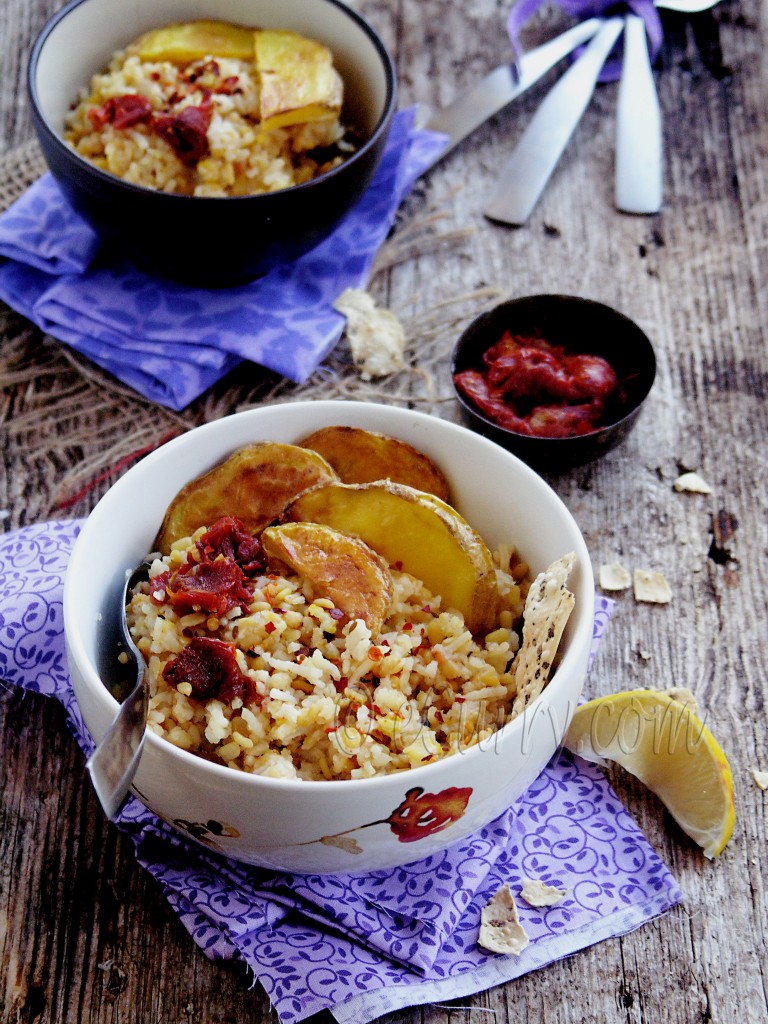
The biggest religious festival in my homeland came by and is in the past for this year. I am guilty of not only of not participating in any activities here, but also of not posting anything on my blog. I do not feel the same emotion in my heart as I did back home. It could be my age or it could be even that the atmosphere here, and the celebration is not in sync with my memories. Whatever it is, it does not feel right and I do not enjoy walking into a hall full of crowd whom I barely know.
This is more of a confession and answer to all the questions I had been asked to why I never go to one gathering. It is a special time, and I rather spend it with my special ones rather than mock socializing with people I am not familiar with. Well I have nothing against the celebrations here. It is probably me, who shies away from the unfamiliar and makes the least effort to make it familiar.
However when Sreeparna commented (in the Gajar ka Halwa post), about having some Durga Puja recipes, I had to sit down and think more seriously. I even self pitied, for I had not done any of it at home during this one week. We had a splendid beginning at my friend’s home in Houston, but as the week rolled in, I got sucked into the daily routine.
By the way, if you are laughing at the Khichuri being compared to the Risotto, think twice. It is indeed very similar!
The atmosphere back home during this is way bigger than a few paragraphs that I could write about and one would still be unable to comprehend the enormity of it. The ten days are spent in a trance of extreme culinary (and religious) fervor. The list of food traditionally prepared would get too long for this post and a lot of them I have not cooked in my life time, but hope to get around it some time in future.
Bhuna Khichuri is the bare basic one which is offered as a “bhog” or “prasad” or offering to the Goddess; and in my opinion the simple but the most important one. Besides the Khichuri getting cooked in almost every home, there also used to be communal cooking in our neighborhood for the communal celebration and every single family around, from all classes of life got to eat the food either as a meal or carry it back home as a token of the offering. So you can imagine at what scale the food would be cooked.
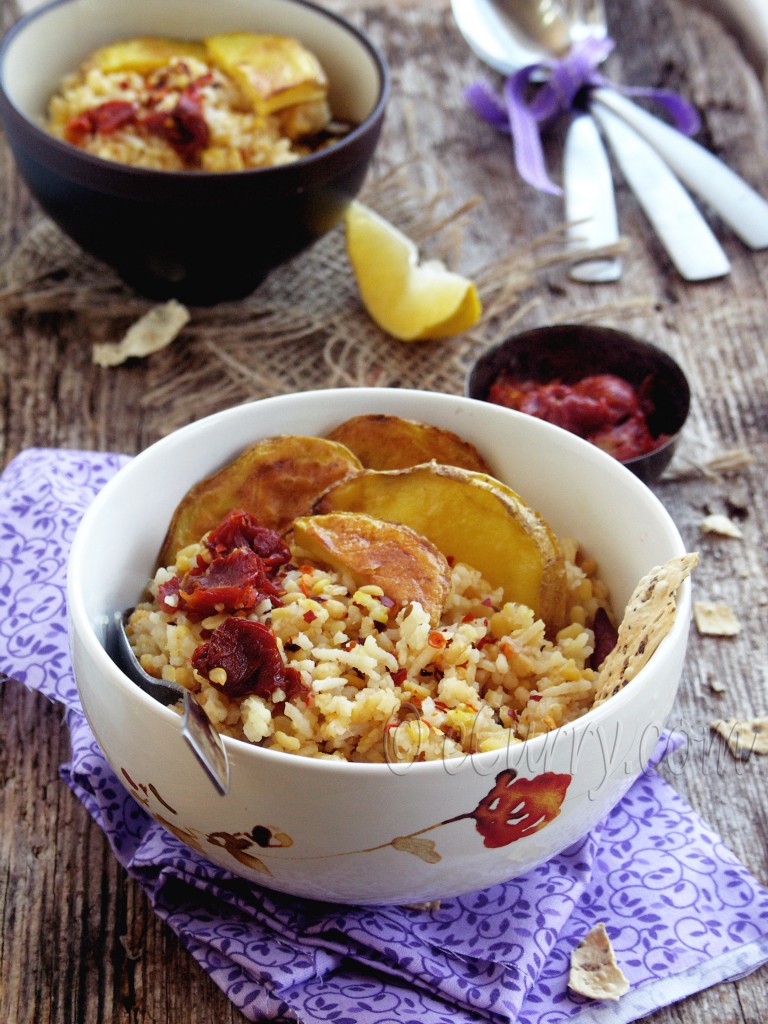
(Inspiration for this series of photographs/colors/settings of the photographs have been taken from here)
Until now, the best Bhuna Khichuri I have ever eaten was cooked by my one of my friend’s mom who also happened to be our immediate neighbor. We could smell the food from their kitchen and needless to say we always got a big warm fragrant bowlful ready for us to eat during lunch time!
It was very sad and depressing to see the same home of our neighbor/friend locked and closed down, beginning to look as if in ruins, as they moved somewhere else…
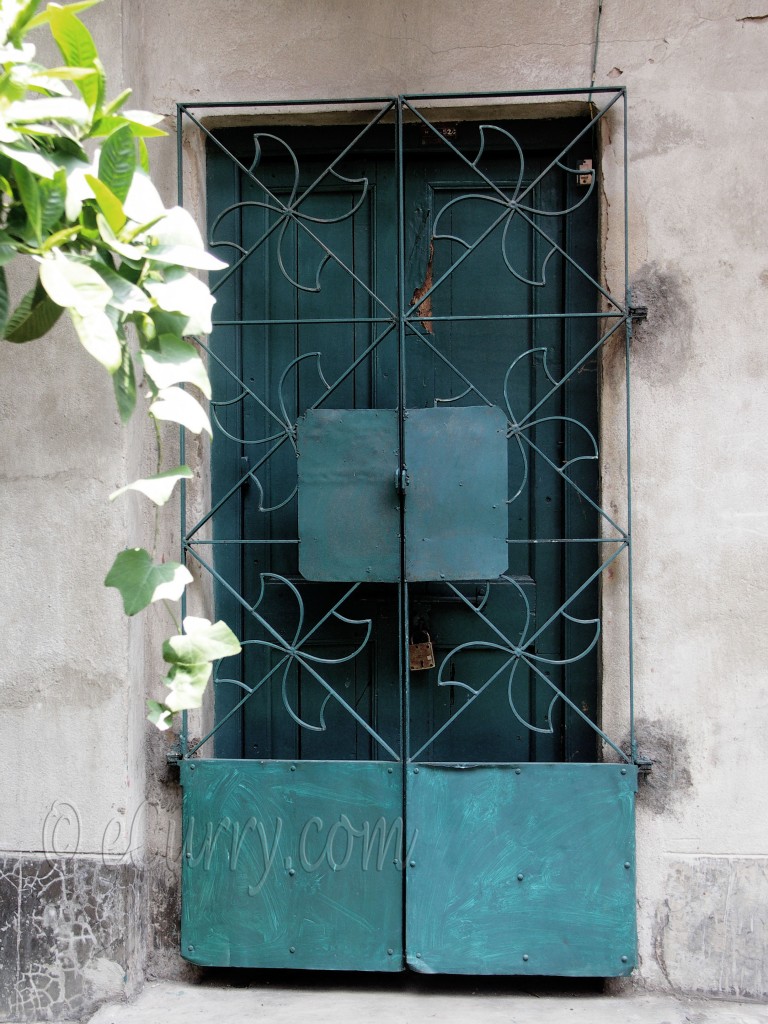
Khichuri is usually served with some of the side dishes mentioned below, but in the most common way to have it is with Papad (lentil wafers), Aloo Bhaja (homestyle fried potatoes) or fried/batter-fried eggplants or Beguni or something fried, or even an omelette or fried fish, and some sweet chutney.
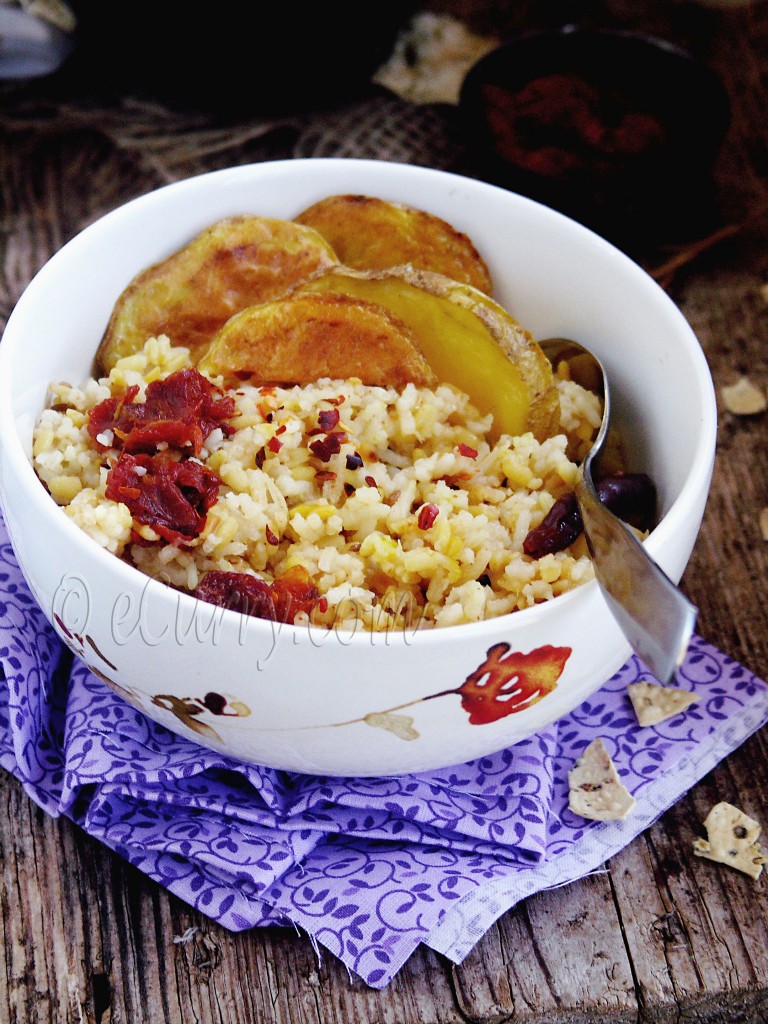
(And this is the very Bengali way to eat Khichuri.).
Khichuri (in Bengali)/Khichdi (in most of the other states in India) is a easy one pot meal comprising of rice and lentils, and spices and vegetables may or may not be added to it. The word khicri is derived from Sanskrit khicca,a dish of rice and pulses/lentils.It is probably one of the oldest and the indigenous Indian meal, the taste of which has remained unaffected by all the invasions and the culinary improvisations India has gone through.
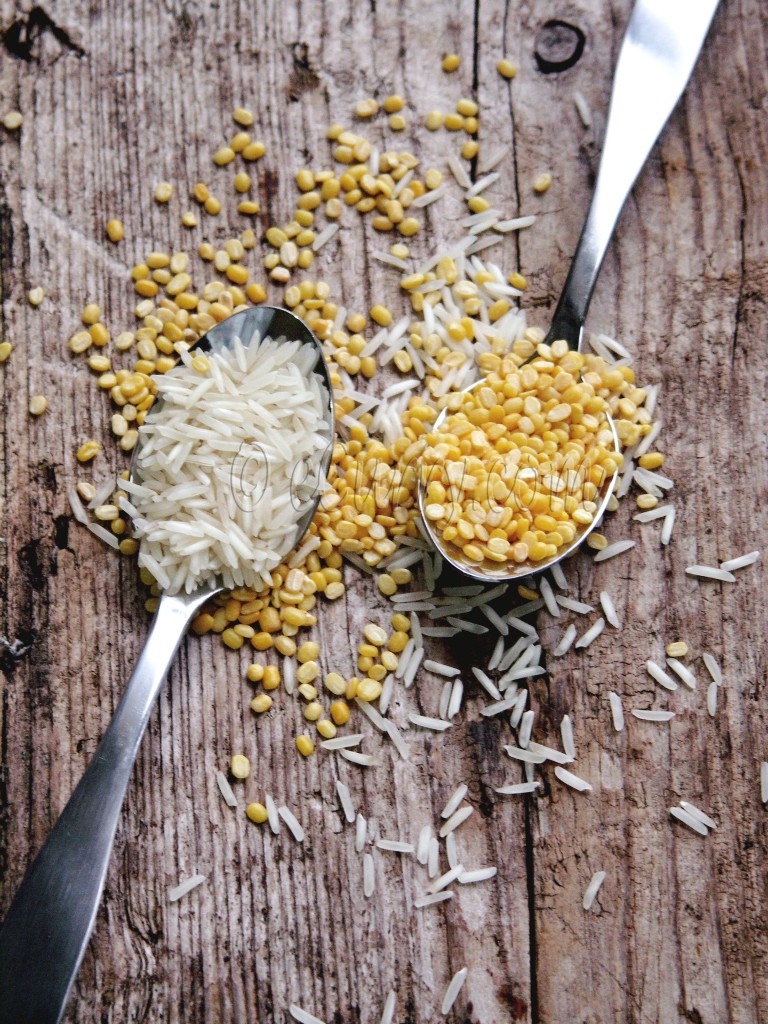
In Bengali tradition it is customary to cook Khichuri during religious festivals, cooked at home and offered in temples and also a special dish during rainy days. It is also considered as one of the comfort meals all over India. And as with all Indian food, it has its variation in every state. In Bengal, the Khichuri served during religious ceremony is a bit elaborate than the everyday one, and that is the Bhuna Khichuri that I am talking about today.
Bhuna means braised; so this dish is kind of slow cooked to infuse the flavors and the spices as opposed to the simple process of cooking everything together during the other times. You cannot ignore the beautiful aroma while it is braising and cooking!
This dish has also been exported and bears similarity with many dishes all over the world in many forms – Kedgeree (the Anglo-Indian version), Kushari (the Arab equivalent), Congee (a type of rice porridge eaten in many Asian countries) are a few of them.
Here is a list of a few of the traditional kind of food cooked and devoured on during the time of Durga Puja (Recipes from my blog- and will add more as I post new ones).
Khichuri
Bandhakopi r Torkaari – Cabbage with Potatoes and Peas
Labra: a festive combination of vegetable and spices
Sweet Chutney (something like this Pineapple Chutney)
Bhapa Ilish- Steamed Fish in Mustard Sauce
Maacher Jhaal- Fish in Spicy Sauce
Aloo r Dum/Dum Aloo (similar to this Dum Aloo)
and of course SWEETS.. Sandesh and more!
I know I am late, but as a continuation of a the holiday season, I decided to post the recipe at this time.
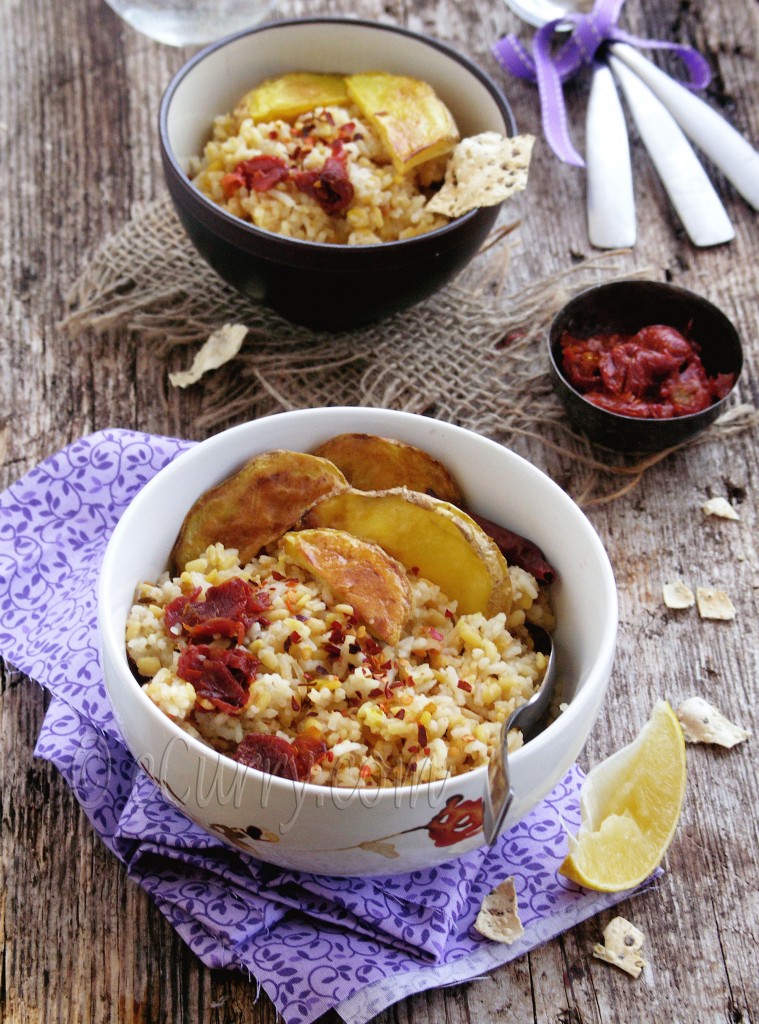
Bhuna Khichuri
Ingredients:
- 1 cup split yellow mung
- 1.5 cups basmati rice or any long grain rice (the fragrant rice works better here)
- 2-4 whole dry red chili pepper
- 2 tej patta/Indian bay leaf
- 2 inch stick cinnamon
- 4 small green cardamom
- 2-4 cloves
- 2 green chili pepper
- 1/2 tablespoon grated fresh ginger
- 3/4 teaspoon cumin
- a very generous pinch of hing/asafoetida
- 1 teaspoon turmeric powder
- 1 teaspoon red chili powder/paprika/cayenne
- 2-3 tablespoon ghee/or melted butter
- 8 cups warm water
- salt
- more ghee to drizzle on the top before serving
- a little sprinkle of Roasted Cumin Powder (optional)
- chopped vegetables may be added but not required
Preparation:Wash the rice in multiple changes of water till water runs clear. Drain and spread it out on a paper towel and air dry for about fifteen minutes.
Dry roast the yellow mung in a skillet until it turns deep golden and is fragrant. Cook over low to medium heat and stir continuously so as not to char the lentils in contact with the pan. It will take about 2-4 minutes for it to be roasted, fragrant and golden. An iron skillet works best. But you can use any heavy bottomed skillet. Keep the heat to medium and keep stirring as the lentils should not turn brown and black. Some might have brown spots and that is okay. Once fragrant, remove pan from the heat and remove the roasted lentils to a plate; spread it out and let it cool.
Wash the cooled lentils, in several changes of water until water runs clear.
In a heavy bottomed pan, or a pressure cooker (if you have one), mildly heat the ghee. Add the asafoetida/hing, bay leaf, cinnamon, clove and cardamom; watch carefully and do not let the spices overcook and burn. In a couple of minutes it will be fragrant and you will see the spices sizzle a bit. Now add the dry red chili and cumin seeds. In a few seconds add the grated ginger and almost immediately add the rice and the lentils and also the green chili pepper. Add salt and turmeric and vegetables if you are using and toss well until the ghee and the spices coat the rice and the lentils. Lower the heat even more and cook while constantly stirring, so the contents do not stick to the bottom of the pan. Stir and toss for about 5-8 minutes.
Add warm water and cook until rice and lentils until the water comes to a big boil. At this point, cover it partially and cook at low heat until all the water from the surface has evaporated. Now cover the pot with a tight fitting lid and cook until the lentils and rice softens and is cooked through. After adding water, it will take about 30- 40 minutes to be done.
Although the usual Khichdi/Khichudi is supposed to be almost mushed, this Bhuna Khichuri has less liquid and the grains of the rice and the lentil needs to stay almost separate; it might clump a little but the grains of the rice and lentils should show partially whole and should not turn into a shapeless form less mush. There will be little bit liquid still left while leaving the grains separate; yes, almost like a risotto! So you will have to watch and adjust the cooking time and the amount of water. If you wish to have more water, just add extra.
(If you are using a pressure cooker, adjust cooking time to the kind of cooker you have. The amount of water also might need some adjustment in a pressure cooker)
Serve warm with a drizzle of ghee or melted butter and a sprinkle of roasted cumin powder if you want.
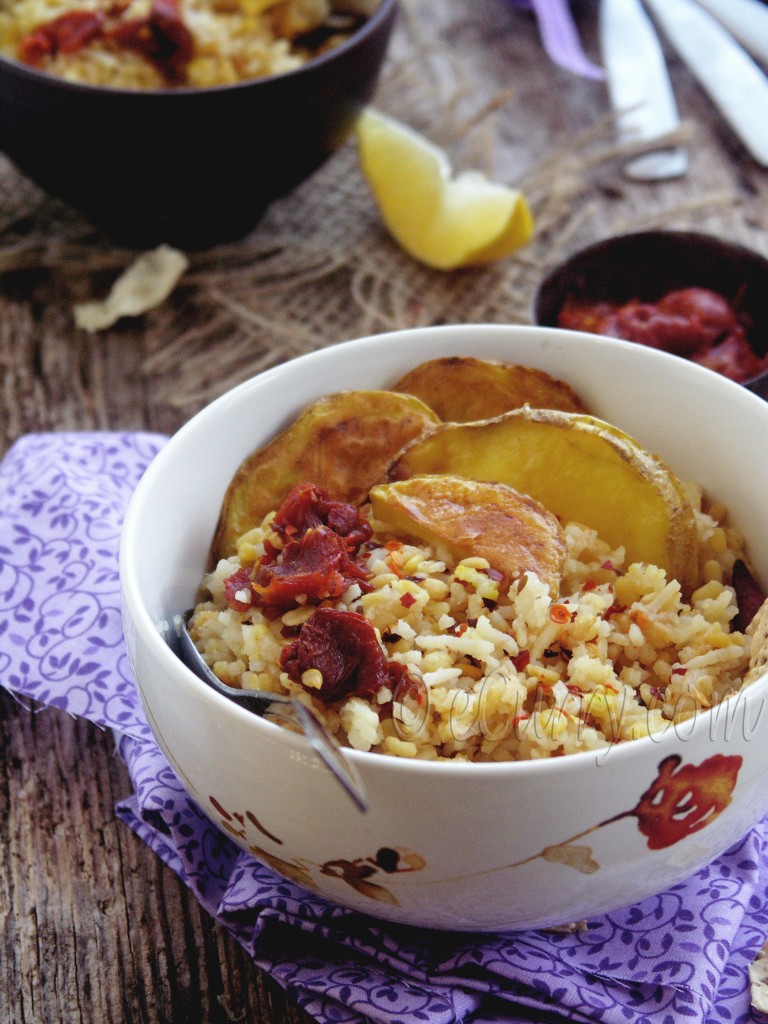
Related Posts:
Cumin Flavored Peanut and Tomato Rice
Spicy Tomato Mushroom Rice with Fresh Mint

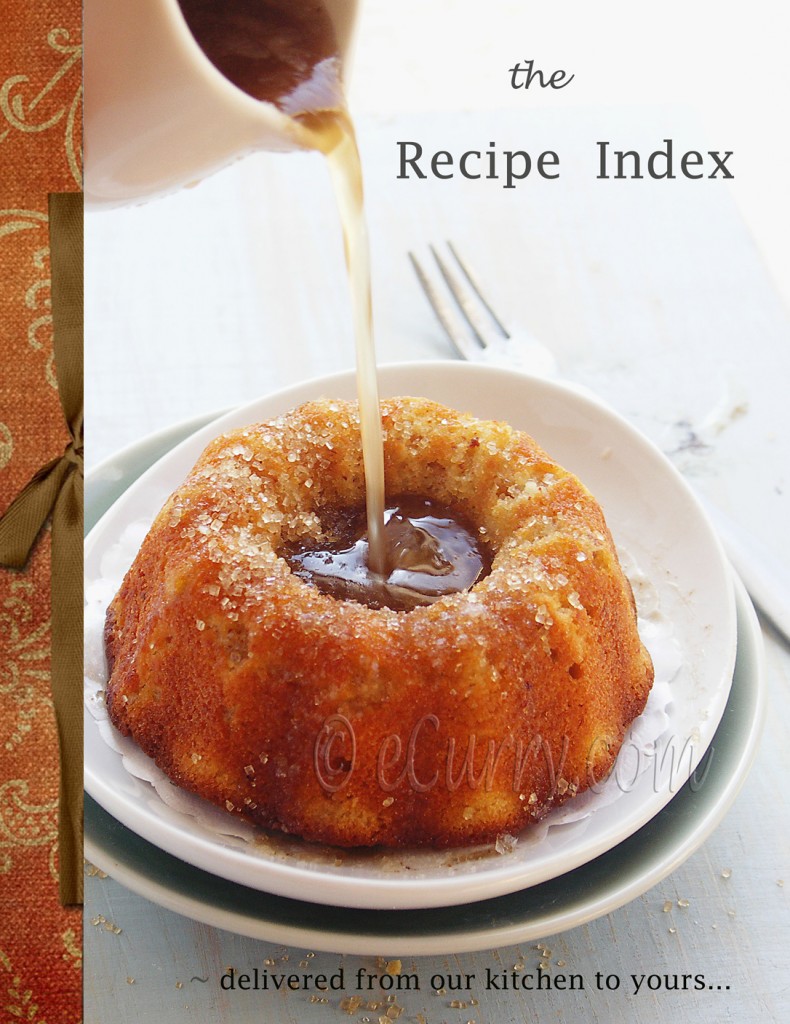
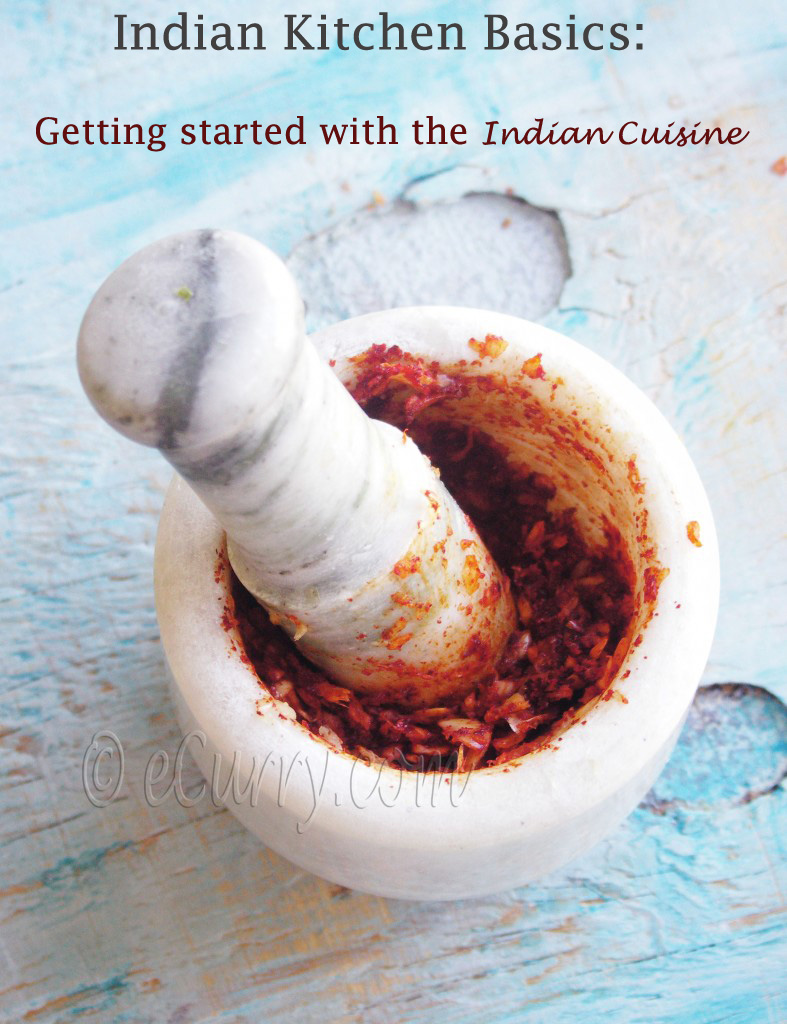
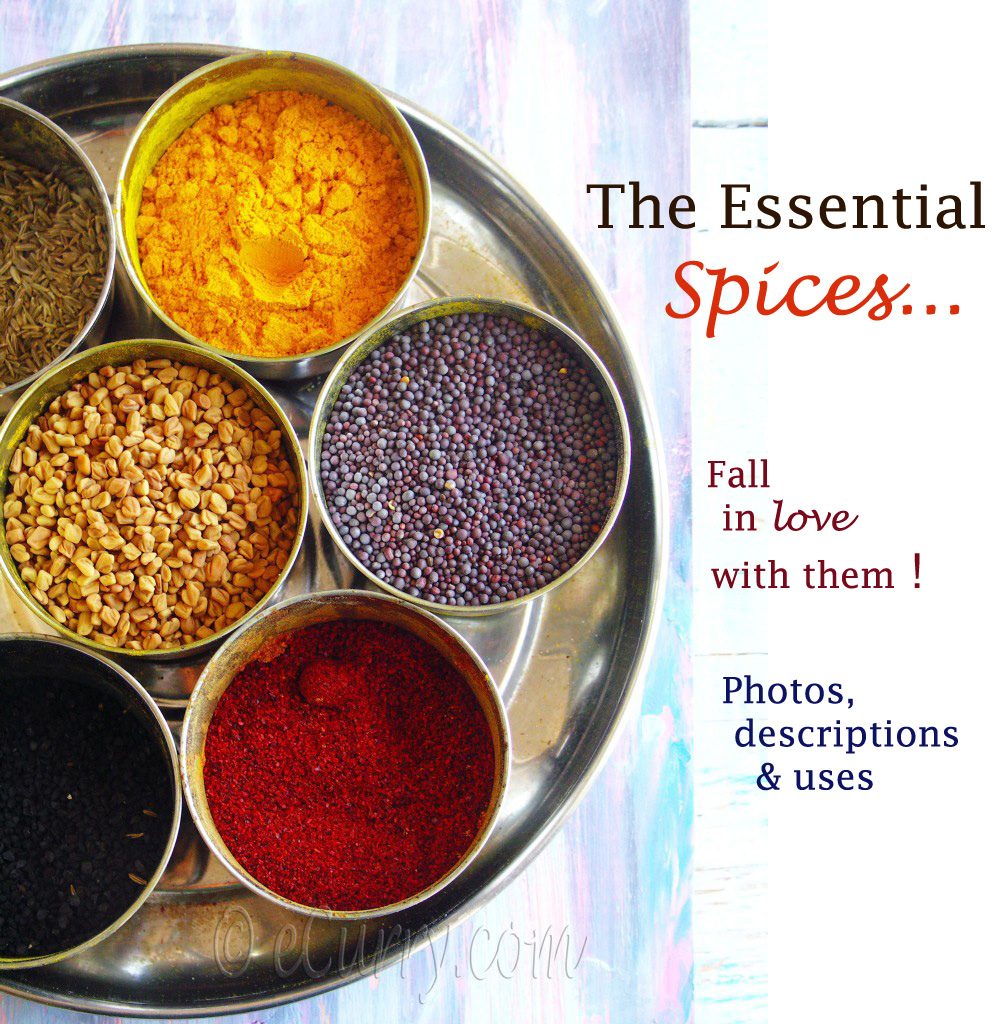








This is our Saturday meal,..:)
You make me hungry! That Indian-style risotto really looks good.
Cheers,
Rosa
Beautiful photos! I love Indian one pot meals… it is comfort food.
I am also not much into festivals (even thoguh I am right here in India) which is why i find it strange to be blogging festival recipes. That’s just me… but I really enjoy others delicious Diwali desserts 😉
Simply tempting looking khichuri. Awesome clicks.
Deepa
Hamaree Rasoi
Oh my mom makes this too! With each of your Bengali recipe posts I have come to realize that my mom cooks a LOT of Bengali food at home and we never really knew it 🙂
Soma,
This is a Bengali cousin of our Pongal 🙂
How interesting that even miles apart, foods are pretty alike… 🙂
Such a brilliant dish and such lovely photos. I totally understand not enjoying crowds of folks you don’t know.
Never really thought of khichdi like risotto because of the textural difference but I love both!
:). this particular kind of khichri will actually make you think of risotto. It is not soupy and every grain of rice and lentil is separate and you can feel them in your bite! Yet it is smooth…
Beautiful pics Soma.. and the khichuri looks so comforting…!!
I love would this more than risotto for sure, and I may just surprise my son with this rice dish. I have everything in the pantry for this! Thank you, Soma. Reading about Durga Puja now. I cherish the cultural aspect of your blog.
Nothing can beat a warm bowl of Khichdi with fresh yogurt and pappad! Lovely clicks as usual, Soma.
Lovely recipe. new to me. sounds yummy,,
Funnily enough, I had khichri today. We call it ‘chuti khichri.’ And we make it with split pigeon peas and rice- served with kadhi and potato curry. So yummy 🙂 And gorgeous photos!
Lovely post Soma. I am def going to make this. Once u have added everything to the pressure do u add all 8 cups of warm water? Then once the water dries u close the cooker. But is it safe to allow the mixture to cook without any liquid??
If you are cooking in the pressure cooker, add all the water before closing the cooker. No it is not safe to cook the mixture without the liquid.. but why would you want to do that? it is little tricky in the pressure cooker, since this khichuri has the grain and the lentil stay separate.. so cook in the cooker only for a short while and play around with the amount of water.. for the dish shld not be soupy. It is better cooking in a pot, as you have more control over water and cooking time.
Lovely post, Soma. I too let pujo completely pass me by this time! It came and went, and we did nothing about it. But I did make pujo-r khichuri recently, and it was a huge hit with friends who’d never had Bangali khichuri before. There’s nothing like it, really!
I adore Italian risotto, so this I would love to try. How does the texture differ (if at all) between the two?
Andrew, the texture is indeed diff. between the two. The cooking process, part of the ingredients and some of the final results made me compare. First of all the Khichdi/Khichuri uses long grain rice (or in my part of the country in India this is traditionally make with extremely small grained rice, each grain wld be about 1/3 of a basmati grain).. so the risotto rice is more of a bite to feel than the smaller grains and tiny lentils here, even if they are whole after cooked. But the consistency does get creamy in its own way. The usual Khichdi which is cooked in the other parts of the country cannot be much compared with the Risotto as all ingredients are put together and cooked – no pre cooking, no coating the grains with the fat as in this particular one. Do give it a try and see what you feel 🙂
never would think of it as risotto.. but u are kinda right! i love the color play and the gorgeous pictures!
Beautiful!!!!
You know I can relate to this post so much…
Khichiri is my husband favorite, ask him anytime and he will say YES…
This looks wonderful!!!
Lovely pictures…..
Risotto looks yumm. Looks like i can getinto the site so guess no problem.
It looks lovely Soma although I had never heard of this dish before or the traditions surrounding it. Totally love the photographs!!
so beautiful, Soma.
I don’t celebrate Chinese New Year here either! But I want to make something special for next year…
[…] Holy Day Recipes from eCurry (scroll down for some great links) Jewish: Holiday Recipes from PBS Food Islam: Ramadan/Iftar […]
[…] […]